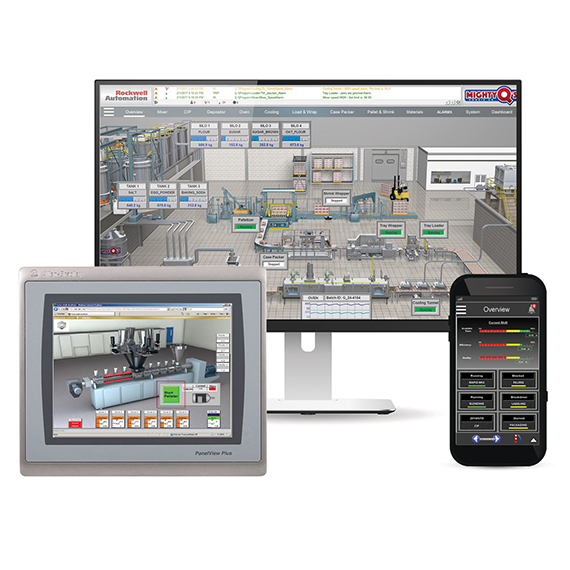1. EXECUTIVE SUMMARY
- CVSS v3 8.4
- ATTENTION: Low skill level to exploit
- Vendor: Rockwell Automation
- Equipment: FactoryTalk Services Platform
- Vulnerability: Improper Restriction of XML External Entity Reference
2. RISK EVALUATION
Successful exploitation of this vulnerability could lead to a denial-of-service condition and to the arbitrary reading of any local file via system level services.
3. TECHNICAL DETAILS
3.1 AFFECTED PRODUCTS
The following versions of FactoryTalk Services Platform are affected:
- Versions 6.11.00 and earlier
3.2 VULNERABILITY OVERVIEW
3.2.1 IMPROPER RESTRICTION OF XML EXTERNAL ENTITY REFERENCE CWE-611
A local, authenticated attacker could use an XML External Entity (XXE) attack to exploit weakly configured XML files to access local or remote content. A successful exploit could potentially cause a denial-of-service condition and allow the attacker to arbitrarily read any local file via system-level services.
CVE-2020-14478 has been assigned to this vulnerability. A CVSS v3 base score of 8.4 has been assigned; the CVSS vector string is (AV:L/AC:L/PR:L/UI:N/S:C/C:H/I:N/A:H).
3.3 BACKGROUND
- CRITICAL INFRASTRUCTURE SECTORS: Food and Agriculture, Transportation Systems, Water and Wastewater Systems
- COUNTRIES/AREAS DEPLOYED: Worldwide
- COMPANY HEADQUARTERS LOCATION: United States
3.4 RESEARCHER
Applied Risk reported this vulnerability to Rockwell.
4. MITIGATIONS
Affected users are encouraged to use Rockwell Automation Knowledgebase article 25612 to determine if FactoryTalk Services Platform is installed.
CISA recommends users take defensive measures to minimize the risk of exploitation of this vulnerability. Specifically, users should:
CISA recommends users take defensive measures to minimize the risk of exploitation of this vulnerability. Specifically, users should:
- Minimize network exposure for all control system devices and/or systems, and ensure that they are not accessible from the Internet.
- Locate control system networks and remote devices behind firewalls, and isolate them from the business network.
- When remote access is required, use secure methods, such as Virtual Private Networks (VPNs), recognizing that VPNs may have vulnerabilities and should be updated to the most current version available. Also recognize that VPN is only as secure as the connected devices.
CISA reminds organizations to perform proper impact analysis and risk assessment prior to deploying defensive measures.
CISA also provides a section for control systems security recommended practices on the ICS webpage on us-cert.gov. Several recommended practices are available for reading and download, including Improving Industrial Control Systems Cybersecurity with Defense-in-Depth Strategies.
Additional mitigation guidance and recommended practices are publicly available on the ICS webpage on us-cert.gov in the Technical Information Paper, ICS-TIP-12-146-01B–Targeted Cyber Intrusion Detection and Mitigation Strategies.
Organizations observing any suspected malicious activity should follow their established internal procedures and report their findings to CISA for tracking and correlation against other incidents.
No known public exploits specifically target this vulnerability. This vulnerability is not exploitable remotely.
Source:


Stay connected